Pikas live in stunning mountain scenery and they’re impossibly cute. Spotting one is a fun challenge for any naturalist. And the search may give you an appreciation for the challenge faced by these creatures.
I’ve wanted to see a pika since covering the Pika Partners, a citizen science project that tracked the effects of climate on global pika populations. When I discovered that Mount Rainier National Park has a population of pikas, I was determined to see them and set out on my first mammal watching quest.
But before our quest begins, a little more about the allure of pikas and the very real danger that pikas will become a “grail” mammal as the climate changes.
Denizens of the Sky Islands
Pikas are a uniquely cold-adapted species. Their shaggy coats get even longer (and turn a silvery gray) in the winter and they have fur between the pads of their feet. Though you won’t see it, their shaggy fur hides a long tail.
While they superficially resemble rodents, they’re actually lagomorphs (the order that includes rabbits).
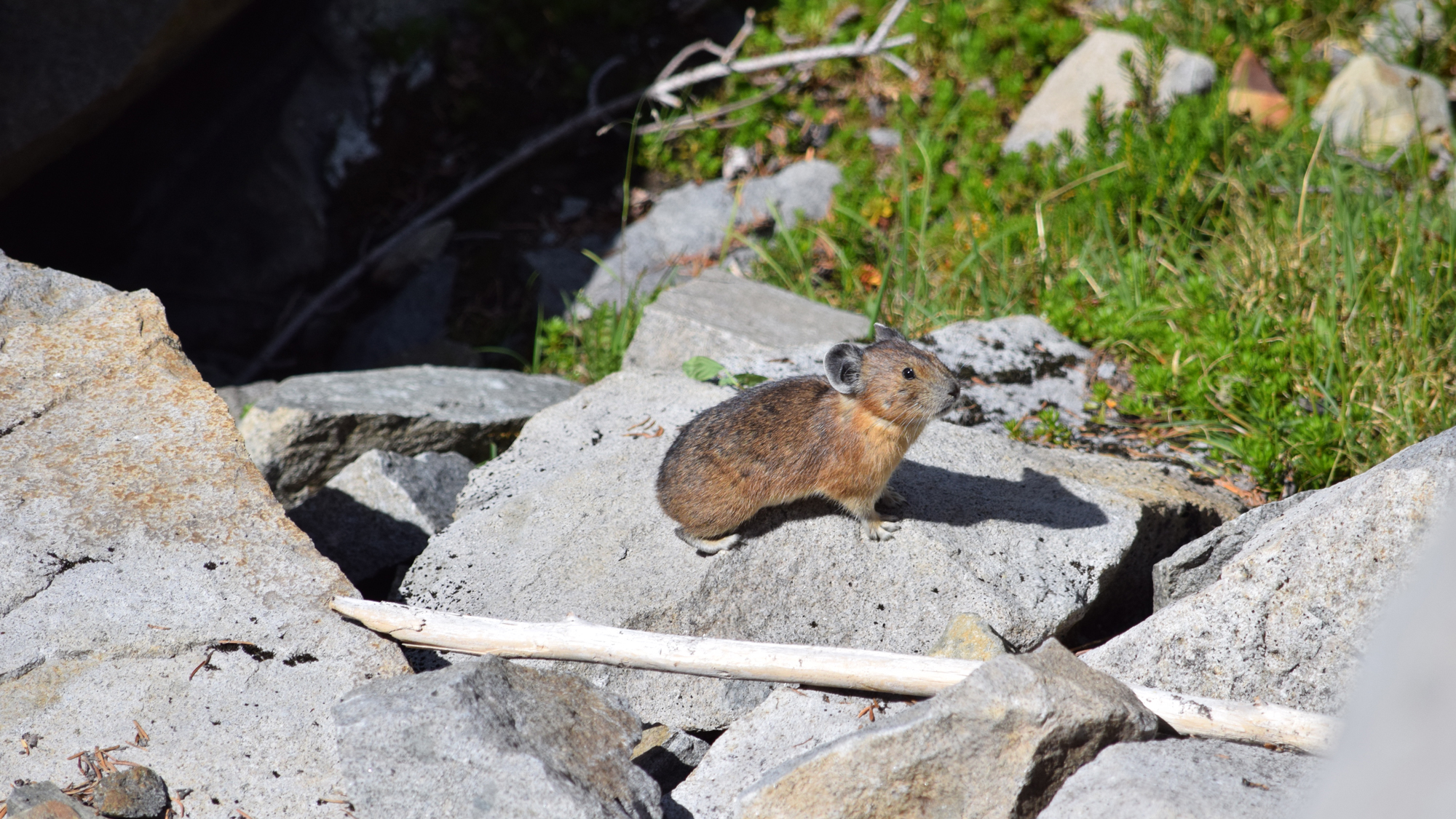
In the summer, the best time to spot them, pikas are busy making hay (yes really!). They build hay piles on the rocks or in crevices for easy access. In the winter, they do not hibernate, instead they dig tunnels through the snow to reach these hay piles.
You will hear pikas before you see them – one of their common names is the “whistling hare” because they give a high pitched alarm call (this call can also be used for mating and defending territory).
Almost all populations live under the cool shelter of rocky slopes in areas near a meadow (for convenient access to grass) — they cannot survive in the valleys between and cannot travel more than about two kilometers to reach a new location. That’s why some biologists call these habitats “sky islands.” Pikas are no more able to move from one mountain to another than they would be if there was literally an ocean in between.
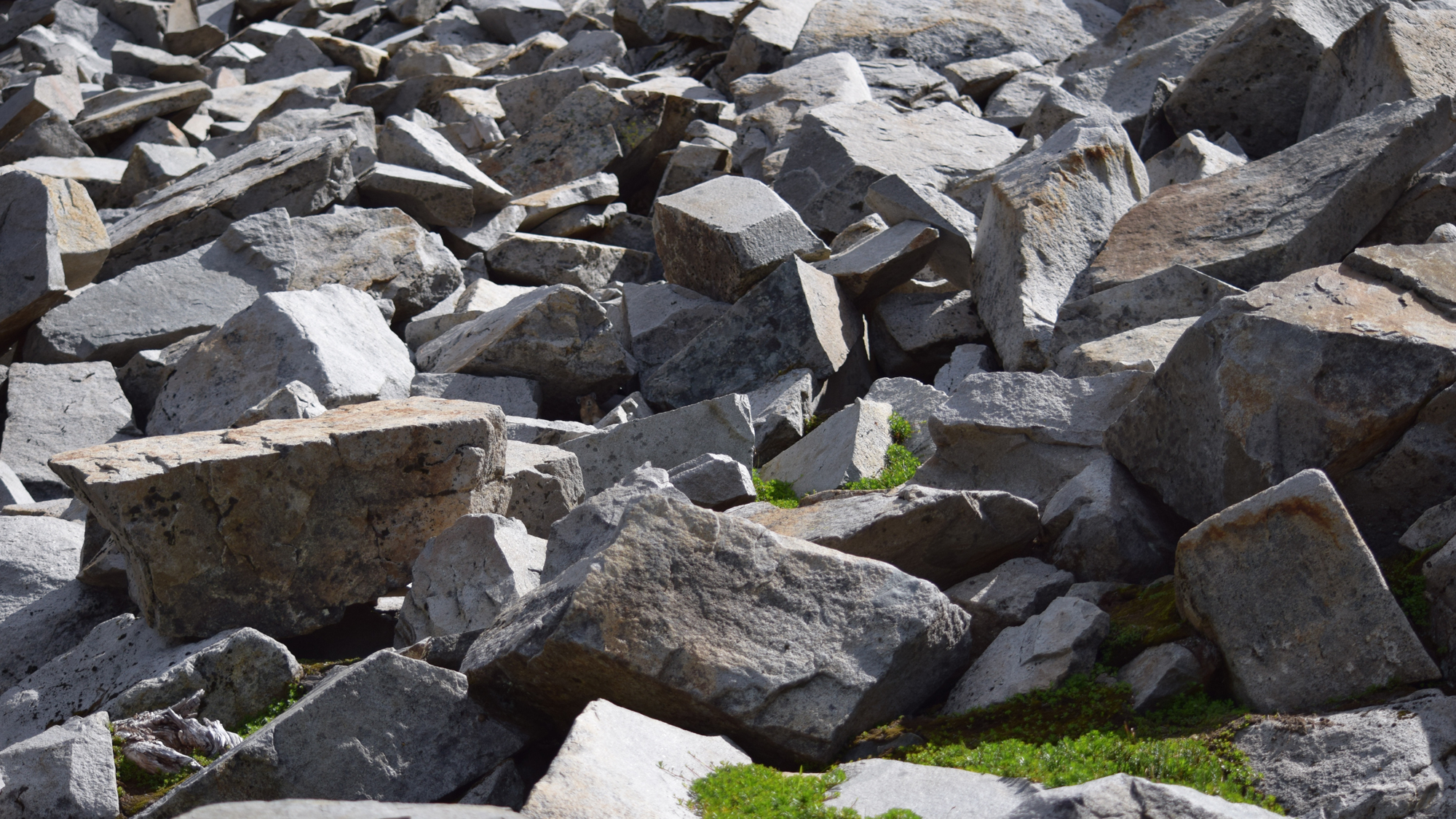
These adaptations put them at risk in a warming world. They can overheat and die if ambient temperatures are over about 78° F or 25° C and there is no cooler microclimate (as under the talus rocks) available for shelter. They are also at risk of freezing to death when snowpack melts and removes an important layer of insulation in the winter. If their habitat becomes too warm, they must move up slope to cooler areas and when they run out of room, local populations die out.
In 2016, the USFWS decided not to declare the American pika a threatened species. However, a study by USGS scientists that found American pikas had recently gone locally extinct in several locations, including two in Utah where they had been documented as recently as 2011, was not taken into consideration in that decision. It is likely that there will be a petition for the USFWS to reconsider their decision in light of this information.
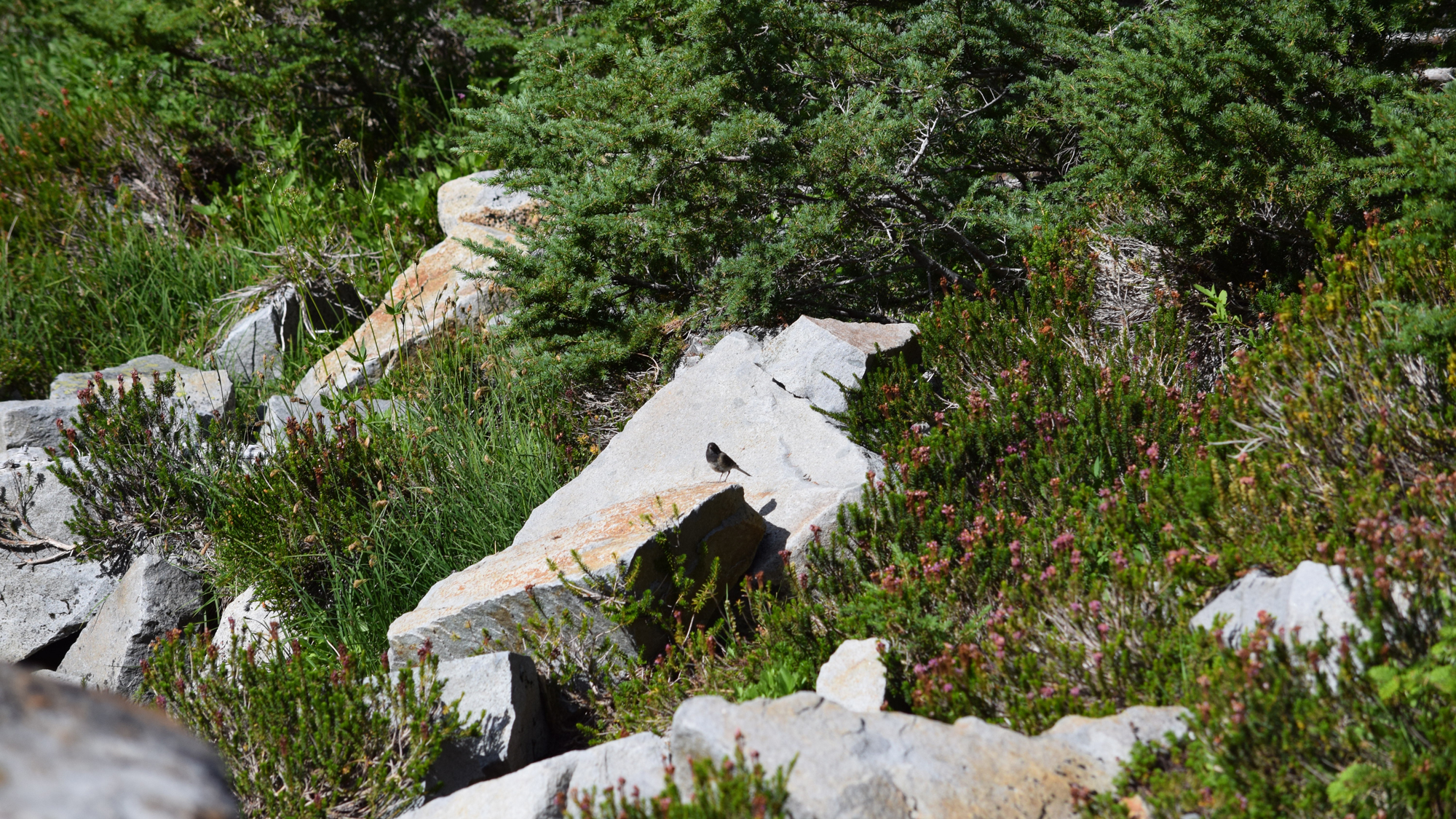
There are many local and regional citizen science projects that are documenting the impact of climate change on pika populations. Participating is a great way to learn where you can reliably see pikas in your area and to take part in science that will make the case for improved pika conservation.
The key to any successful quest — learn from others who have gone before you.
Trip reports from fellow mammal enthusiasts can be a big help. The Mammal Watching blog has useful info to spot all kinds of elusive critters. In fact, Mammal Watching’s founder, Jon Hall had seen pikas on Mount Rainier before.
Pikas are only able to live in rocky talus slopes adjacent to a meadow, a fact that helps narrow the search. The challenge is getting there and being sure that the particular slope has pikas. Do not be afraid to ask park rangers or other hikers. That’s how I learned that Pinnacle Peak trail was a good pika-spotting location.
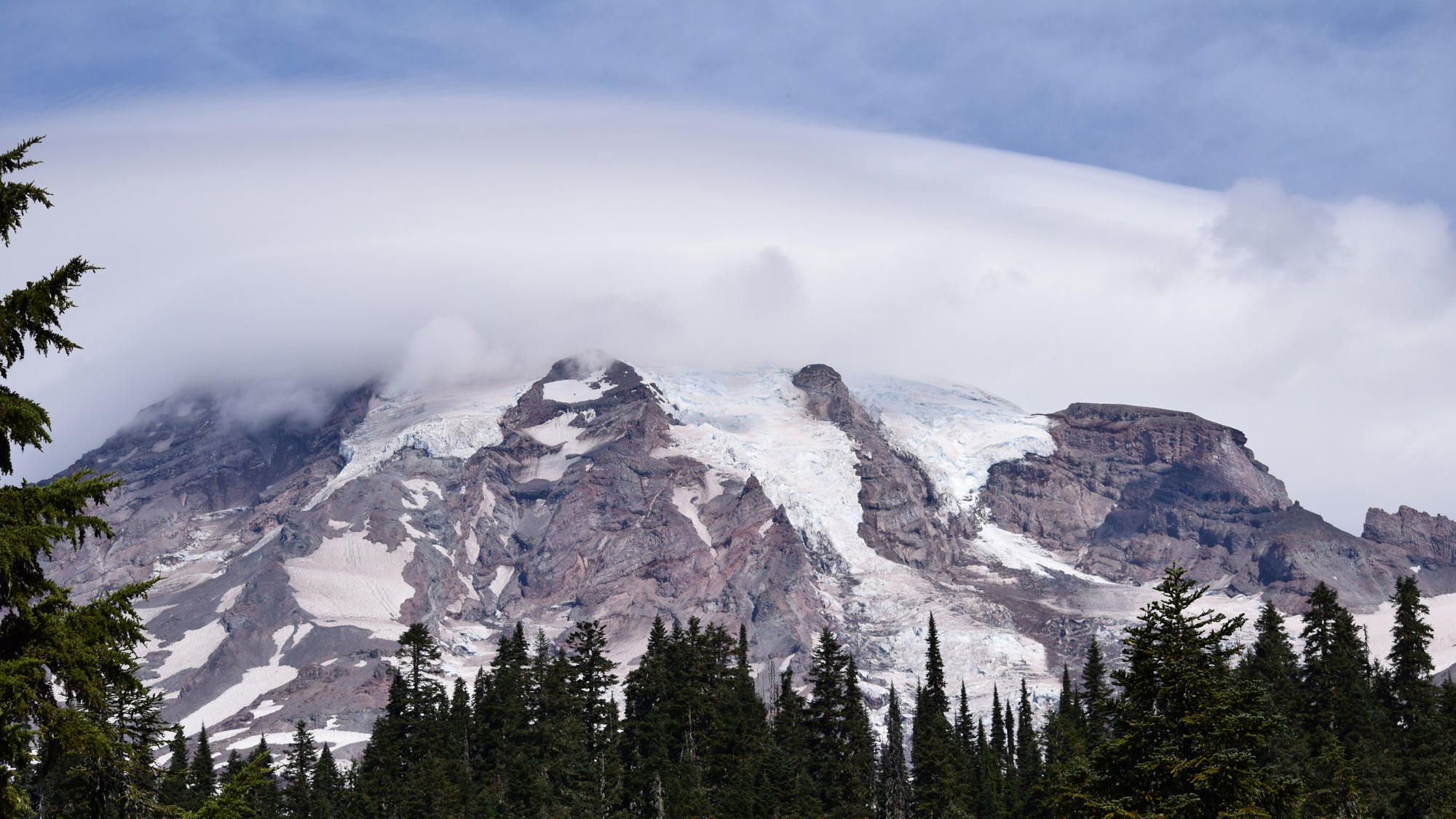
Admittedly a bit daunted by the trail name, I nonetheless headed for the goal. You don’t need to be an avid hiker or mountain climber to tackle Pinnacle Peak. All it takes is time and determination.
As I approached the top, I began to see signs of the right habitat – trees opened up to grassy meadows and finally I reached a rocky slope with an area of grass below.
Within minutes I knew I was in the right place; I could hear a pika conversation under the rocks all around me. To my ear, it sounded like a cacophony of dog toys squeaking. On the advice of my colleague and avid mammal watcher, Matt Miller, I waited patiently (and silently), looking for hopping movements. Soon I saw flashes of pikas jumping between the rocks – an incredible sight.
After a little over an hour of waiting and directing my attention to the calls that were closest to me, I saw a pika sitting on a boulder about ten feet from my location. He stayed out in the open for quite some time before finally making a run for the grass, grabbing a sprig, and diving back under the rocks. I was elated.
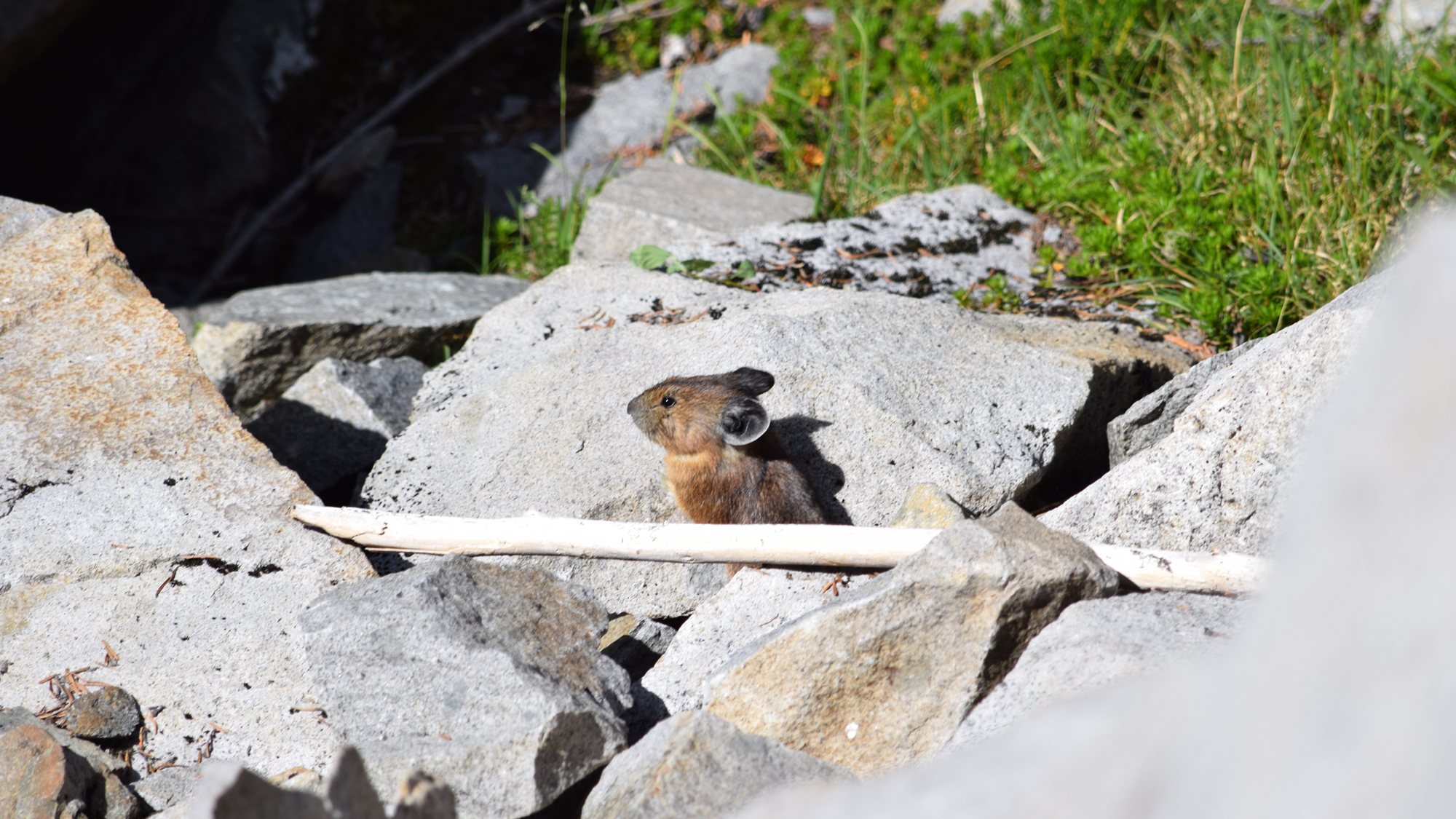




I too wanted to see and photograph pikas. A couple of years ago I traveled to Mt. Rainer and asked a staff member at a at the visitor center where the pikas were. She directed me to the boulders just below the entrance road into the main visitor area by Paradise Inn. I sat on the stone wall bordering the road early in the morning when few people were about and soon the pikas came out, playing and harvesting. The same boulder field was home to marmots and a couple of them came quite close to me.
That is awesome! I was hoping to see a marmot (I heard some other hikers mention they had seen one), but I wasn’t quite that lucky. The pikas are wonderful though – I could watch them for hours. Thank you!
You don’t have to hike to high alpine meadows to see pikas in the Pacific NW. Here in Oregon, pikas live at only a few hundred feet feet above sea level, in the talus slopes of the Columbia River gorge.
http://www.oregonlive.com/environment/index.ssf/2014/07/columbia_river_gorges_tiny_pik.html
Thank you Eric! I learned about that shortly after my visit to Mount Rainier. I look forward to visiting the Columbia River gorge population.
I saw a Pika along the Spray Falls Trail, of Mowich Lake, a few weeks ago. The mountain looks like it’s starting to get snow, so if you want to find some this year take your trip soon.
Thank you for an interesting view of Pikas. It’s sad that the little guy’s are having a difficult time with climate change.
Saw a pika at the Phelps Lake – Death Canyon trail at Tetons National Park just two weeks ago. Precious animal. Hope all efforts to protect it are successful.